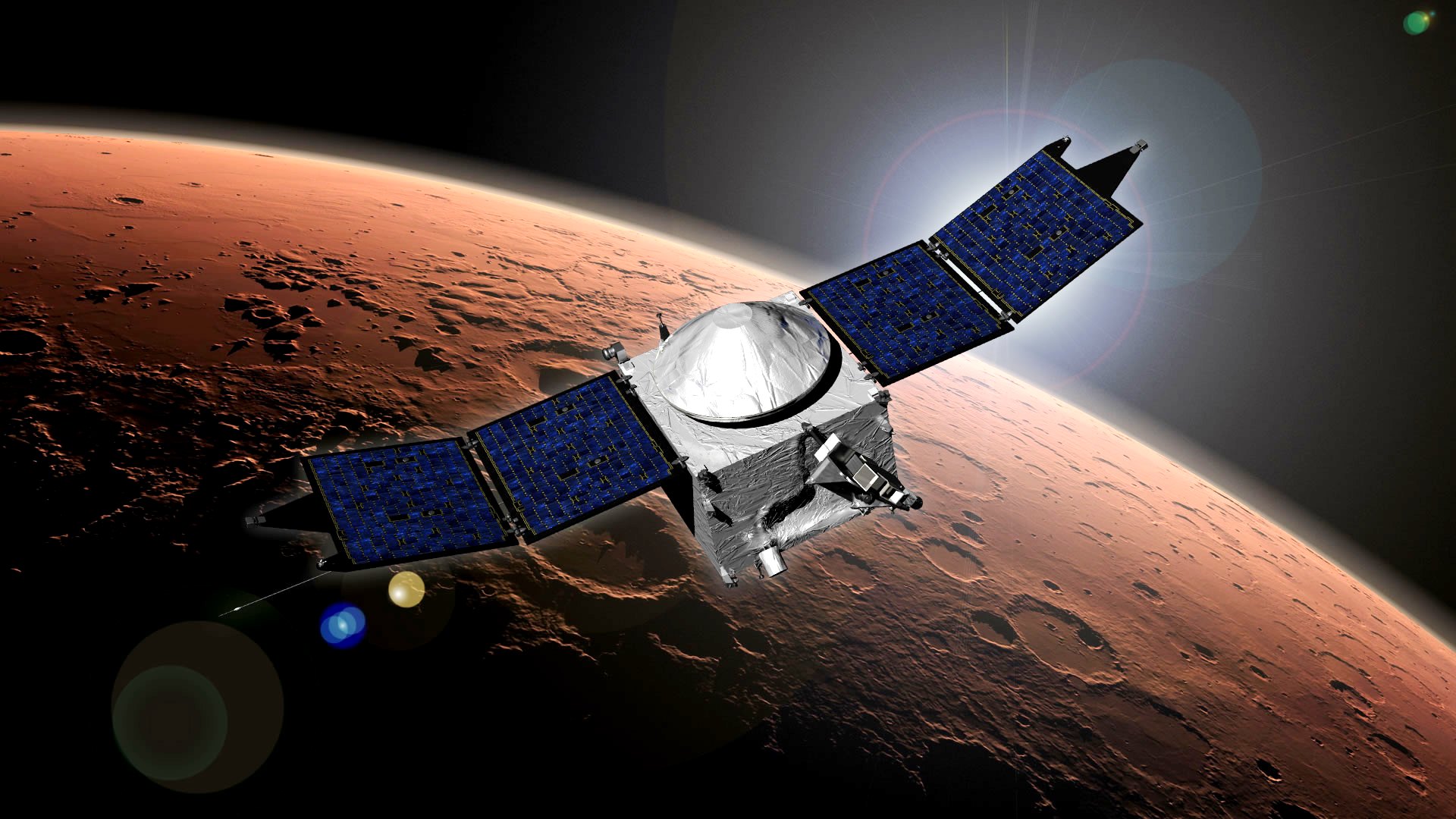In the daysof astronomers like Edwin Hubble and Alan Sandage, before computers werewidespread, using observatory telescopes to study the cosmos was grueling work.
Astronomershad to climb atop platforms on the sides of the giant instruments and constantlymonitor the night sky to keep in focus those stars whose light were being slowlycollected onto photographic plates.
"Theywould be up there for hours, in the cold and dark by themselves," saidScott Kardel, a spokesman for the Palomar Observatory in Southern California.
Atelescope's speed had to be continually adjusted by tapping buttons on acontrol paddle, and on the morning after a cold night, an astronomer might findthat his tears had frozen him to the eyepiece.
But thosedays are long gone. Automatedtelescopes are now doing work once done by tortured astronomers, and thanksto a new high speed wireless microwave network, today's digitally capturedimages can be beamed down from mountain observatories and quickly distributedto astronomers living thousands of miles away.
Called theHigh Performance Wireless Research and Education Network, or HPWREN for short,it can transfer data at 45 megabits-per-second, or about 30 times faster thantoday's fastest DSL connections. One megabit is equal to 1 million bits.
A keyinstrument
Breaking space news, the latest updates on rocket launches, skywatching events and more!
Futureupgrades are expected to make the network even faster, said Hans-Werner Braun,the HPWREN principal investigator and a research scientist at the San Diego Computer Center at the University of California, San Diego.
"Thecurrent plan is to upgrade critical links that support the [Palomar]observatory to 155 Mbps and create a redundant 45 Mbps path for a combined 200megabits-per-second access speed at the observatory," Braun said.
Lastsummer, HPWREN helped astronomers using a Palomar telescope to discover a rockyobject located on the outer fringes of our solar system beyond Pluto.
Kardel saysthe 48-inch Samuel OschinTelescope used to spot the new world was still using glass photographicplates to capture images as recently as 2000.
Afterexposure, "a plate had to be taken down to a darkroom, developed and thenscanned before it was written to some form of medium and hand-carried tosomeone doing research in a lab," Kardel told SPACE.com.
Today, theSamuel Oschin Telescope uses a 161 mega-pixel digital camera to observe thecosmos and the data is beamed wirelessly down the mountain using HPWREN.
By allowingastronomers quick access to collected data, the wireless network is alsoproving instrumental in the hunt for extrasolarplanets, as well as in the study of Type 1asupernovas, exploding stars that serve as "standardcandles" for measuring the expansionof the universe.
Otheruses
Telescopesat Palomar can use up to 200 million bytes of storage space a night, Braunsaid.
Afterimages are beamed down from the mountain observatories, they are distributed toastronomers at different universities and research institutions using"Internet2," a high speed data network many times faster than typicalhome internet connections.
Today, anastronomer at Yale in Connecticut can download a 100 megabyte imagetaken by an automated telescope in California in less than 30 seconds.
Operationalsince 2001, HPWREN is also changing how scientists do research in fieldsbesides astronomy. Seismologists are using the network to gather data fromremote survey stations and wildlife researchers are using it to observe howwolves behave in the wild using wireless cameras.
TheCalifornia Department of Forestry is also using gear that taps into HPWREN toset up local command posts during forest fires.
But the fieldmost affected by the technology might be astronomy. Gone are the days whenastronomers had to lock themselves up in mountain observatories and chainthemselves to telescopes for entire nights.
"Astronomerscan have a life, sleep and be with their families," Kardel said."It's allowed us to make much more efficient use of telescope time.There's no more wasting of hours and hours on something that might not goright."
- Top 10 Star Mysteries
- The Google Astronomer
- The Top 5 Telescopes of All Time
- Automatic Astronomy: New Robotic Telescopes See and Think
Ker Than is a science writer and children's book author who joined Space.com as a Staff Writer from 2005 to 2007. Ker covered astronomy and human spaceflight while at Space.com, including space shuttle launches, and has authored three science books for kids about earthquakes, stars and black holes. Ker's work has also appeared in National Geographic, Nature News, New Scientist and Sky & Telescope, among others. He earned a bachelor's degree in biology from UC Irvine and a master's degree in science journalism from New York University. Ker is currently the Director of Science Communications at Stanford University.
